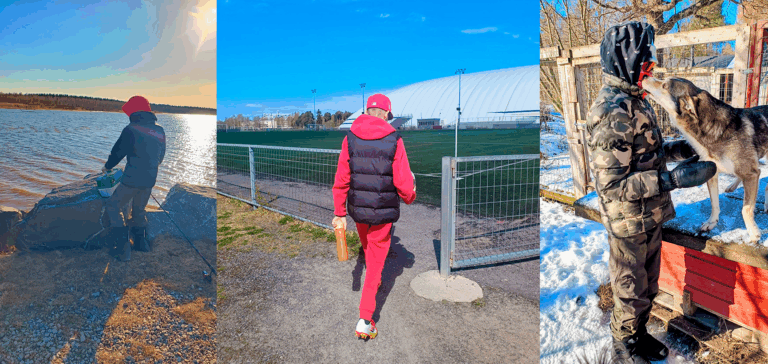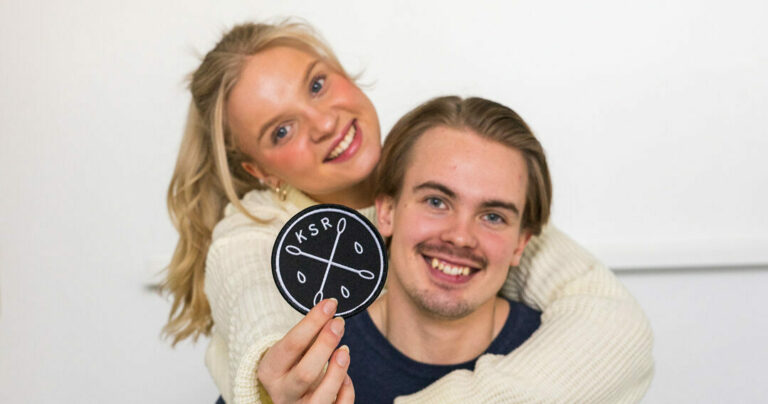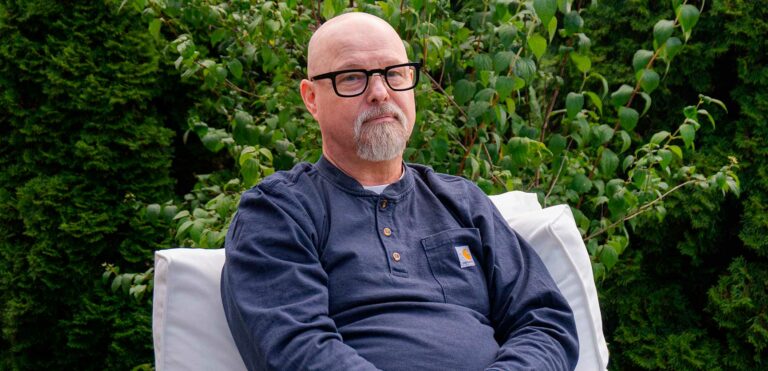Third time lucky
Roberto first decided to try donating blood during his student days. One of his aims was to overcome his fear of needles, which he successfully did. He also became a stem cell donator.
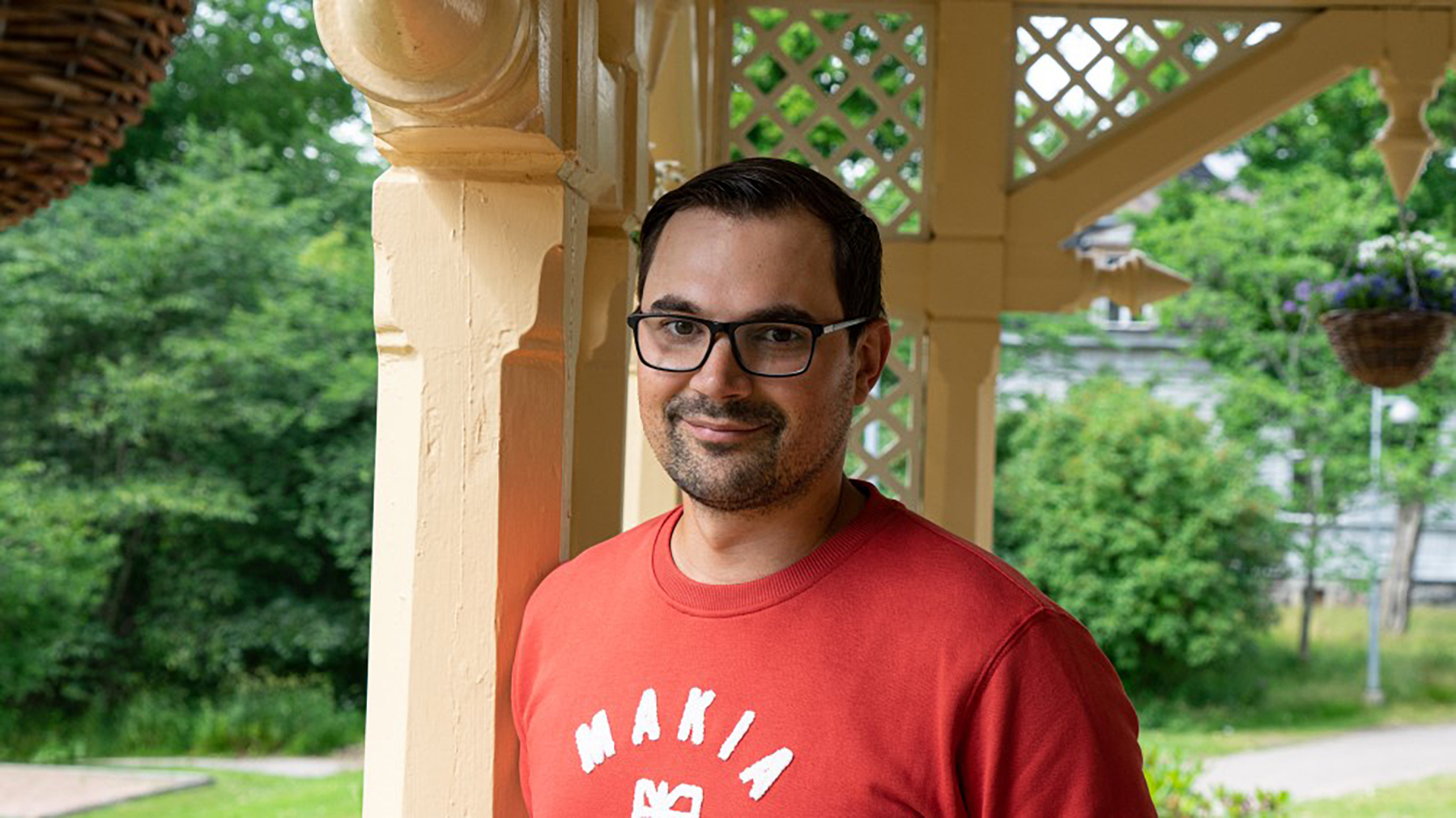
Roberto “Roope” Battilana, 34, first decided to try donating blood during his student days. One of his aims was to overcome his fear of needles, which he successfully did. Blood donation became a habit that still continues today.
“After one of my blood donations, the Blood Service nurse asked whether I had heard about the Stem Cell Registry. I hadn’t, but after finding out more I decided to join. It just immediately felt like the right thing to do.”
He made the decision to join in 2012. To his surprise, Roberto received a phone call from the Registry the following year to inform him that he might be a suitable donor for somebody.
“I was invited for further testing. I was a bit nervous as I had no idea what it would involve. Once the results came, I wasn’t the best candidate to donate after all”, Roberto recalls.
The key to the success of a stem cell transplantation is optimal compatibility between the patient’s and donor’s tissue types. There are thousands of different tissue types. The patient’s siblings, if any, are first tested. If none of them are suitable donors, the search turns to a registry.
A near miss followed by a hit
In 2015, Roberto was again invited for testing as a potential “match”. This time, too, someone else turned out to be a more suitable donor. When Roberto received his third invitation in February 2016, he was prepared to hear he would not be chosen to donate on this occasion, either. Being a committed member of the Registry, he nevertheless gave another set of blood samples.
“Some time later, the Stem Cell Registry coordinator called me and asked whether I would still be willing to donate as I was now the best match.”
He didn’t think twice. Ever since he joined the Registry, Roberto had decided he would go through the full process if he was ever selected to donate. The saying “third time lucky” was true in his case.
Because of the immense number of different tissue types, it is statistically rare for any individual member of the Registry to be selected to donate; being invited for three rounds of testing within a few years is even less common.
When Roberto asked who might be receiving his stem cells, he was only told the person was an adult woman. That was enough. Following his experiences, Roberto now says he understands the need for anonymity much better.
“In the end, it makes no difference who or what kind of a person receives that help, even though I was of course thinking first and foremost about people such as children with leukaemia when I joined the Registry. The only thing that matters is that by donating you can give someone in a very difficult situation a second chance in life”, Roberto explains.
The anonymity between patients and donors is important both from a privacy perspective and to prevent donations with the wrong motives. Receiving help must never depend on things such as the patient’s identity, nationality, gender, skin colour or having an appealing story.
Growth factors to mobilise stem cells
The next step was a thorough health examination to make sure donation was safe both for Roberto himself and for the patient waiting for a transplant. When the results showed everything was in order, the hospital was able to plan the patient’s conditioning treatments. Donations must be timed to suit the patient’s situation as the patient’s own diseased bone marrow must be destroyed to prepare for the transplant. Once the day has been decided and preparations completed, correct timing of the transplantation is critical for the patient’s survival.
Roberto’s big day was in late May. His stem cells were harvested from his blood. The cells can also be collected by means of a bone marrow puncture under general anaesthesia, but this option is less common today. In order to make the blood stem cells – normally present in the bone marrow – replicate and to mobilise them in his blood, Roberto was given growth factor injections on four consecutive days. While waiting for the injections, Roberto sat in the waiting room of Meilahti Hospital’s Haematology ward. Sitting there, he could see some of the patients who were being treated at the ward. This brought home to him the need for help and the importance of donating.
“I was startled to see that many patients were young and that some were about my own age.”
The injections caused some pain in the pelvic area, but rest and painkillers helped. On the plus side, the busy father of a young child was given a rare opportunity to take things easy for a few days and relax watching films. Roberto was on sick leave during the entire donation week.
Saving a life by lying down for a day
Roberto’s donation day was a Thursday. Early in the morning, Roberto’s partner drove him from Nurmijärvi to Meilahti Hospital in Helsinki. He was first given painkillers, and while he was lying in the hospital bed, cannulas were inserted into the veins on each arm inside the elbow. Blood was then drawn from one arm and returned via the other. In between, the precious stem cells were separated from the blood. The machine sounded rather like the spin of a washing machine.
The process of collecting the stem cells took about eight hours. Roberto passed the time watching films and talking to nurses.
“I’d say the donation itself mostly involved slightly unpleasant waiting, that was all. In any case, it was very easy to cope with it”, Roberto recalls.
After the donation, the nurses praised Roberto and thanked him for his “performance”, which felt a bit odd – after all, he had just been lying in bed. Being a modest man, he believes the people who deserve thanks are the staff members who took care of the process.
Next morning Roberto felt almost normal, though somewhat tired. He returned to work the following Monday.
The biggest thanks came through the letterbox
About a year after donating, Roberto contacted the Stem Cell Registry to ask how the patient who had received his stem cells was doing. Had she survived? The answer came that the transplantation process had gone well and the patient was healthy.
“That was a relief. It felt really great to know I’d been able to help”, Roberto says.
However, a year is a short time in the recovery process, which is riddled with uncertainties. The story reached its conclusion one day in January 2019. It was then that an anonymous personal letter from the transplant recipient arrived for Roberto. The woman who received his stem cells described her experience and how immensely important her recovery had been for her and her family. Roberto decided to reply to the deeply touching letter right away.
“It was so rewarding to have such personal contact and to hear that the recipient had been healthy for several years and could go on living a normal life with her loved ones.”
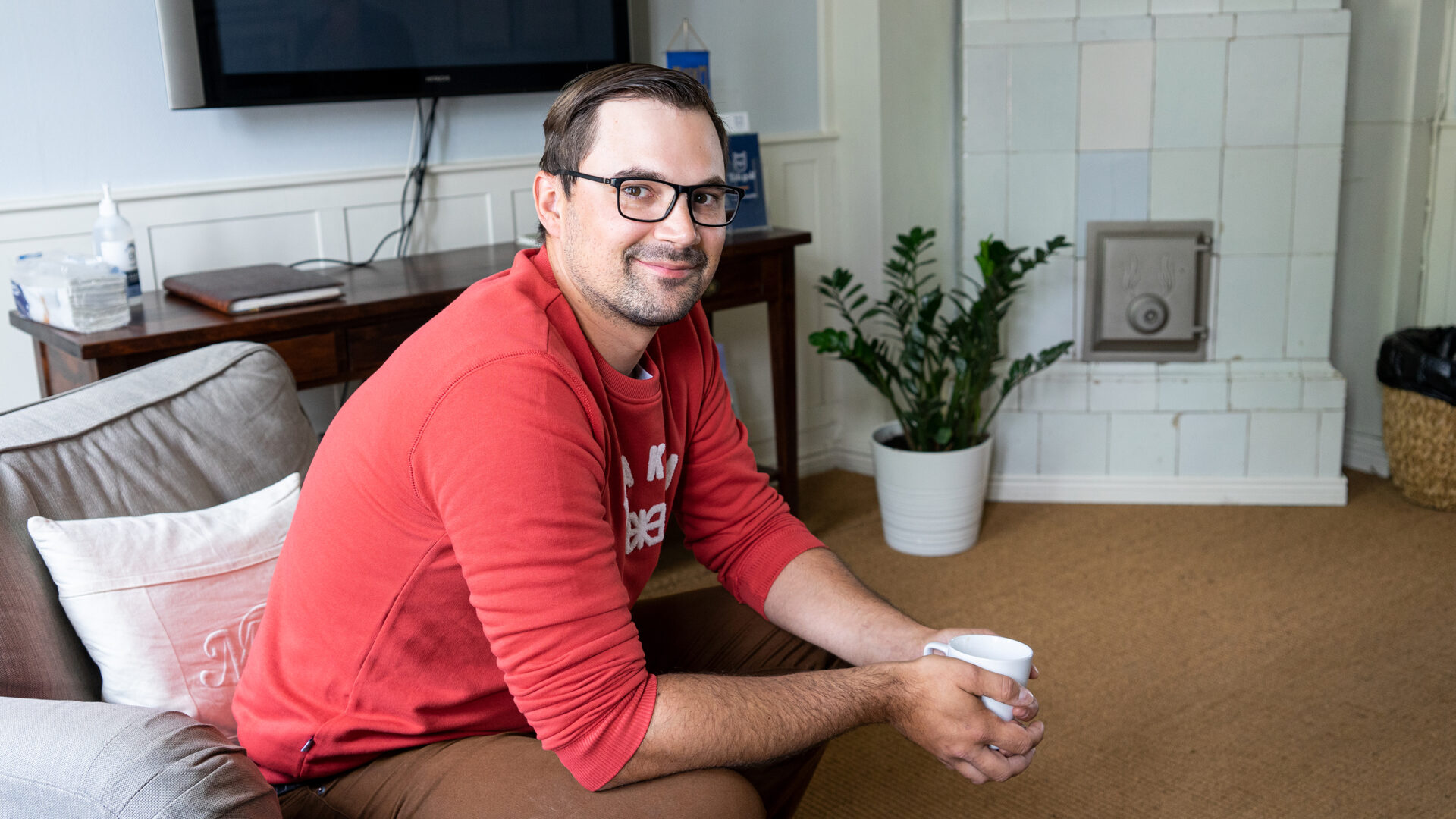
Good example to motivate young men
Roberto, who works in sales in the logistics industry, praises the donation process for being so easy.
“Everything had been considered and arranged down to the smallest detail. I didn’t need to worry about anything – all I had to do was show up at the right place at the right time.”
Roberto’s story is a great example for others: while there are more than 30 million members in donor registries worldwide, about 30 Finns prove to be the only ones with the right stem cells to save someone’s life each year. The more members there are in a registry, the more likely it is that one of them will be a suitable donor. However, this is never certain. In Finland, too, the Stem Cell Registry badly needs more members aged 18 to 35, particularly men, who are still a minority among members.
What, then, would be a good way of making busy young men stop and think about joining? While many are aware of the need for blood donors and understand they too might one day need donated blood, awareness of stem cell donation may not be as great.
“I don’t want to pretend I’m some kind of hero, but I do want to encourage everyone in their twenties and thirties to find out about this. It’s a good idea to think things through at least once so you don’t feel you’ve missed out on the opportunity once you’re over 35 and too old to join.”
For Roberto it’s humbling to think that one week of his own life has prolonged someone else’s life by several years. The idea still makes him feel emotional.
“I haven’t had a moment’s regret, and I wouldn’t hesitate to do the same thing again.”
Text: Kaisu Maijala
Photos: Janne Nurmi
